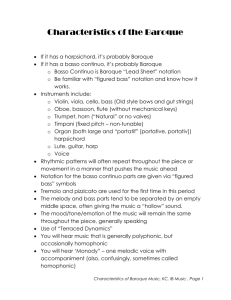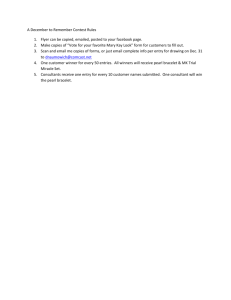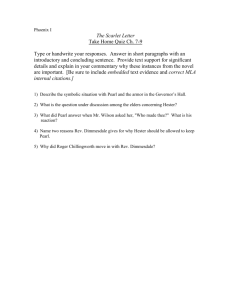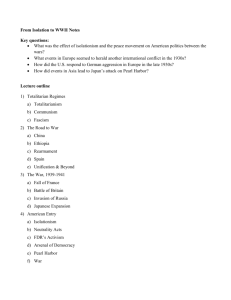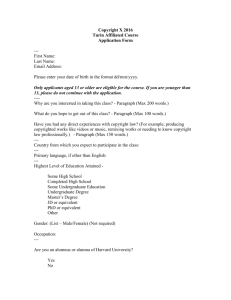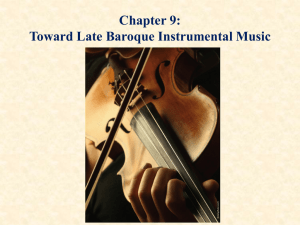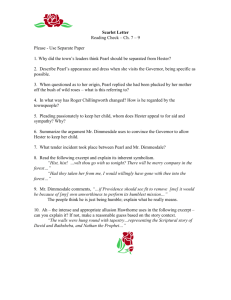2009-12AJP - Tempesta di Mare
advertisement
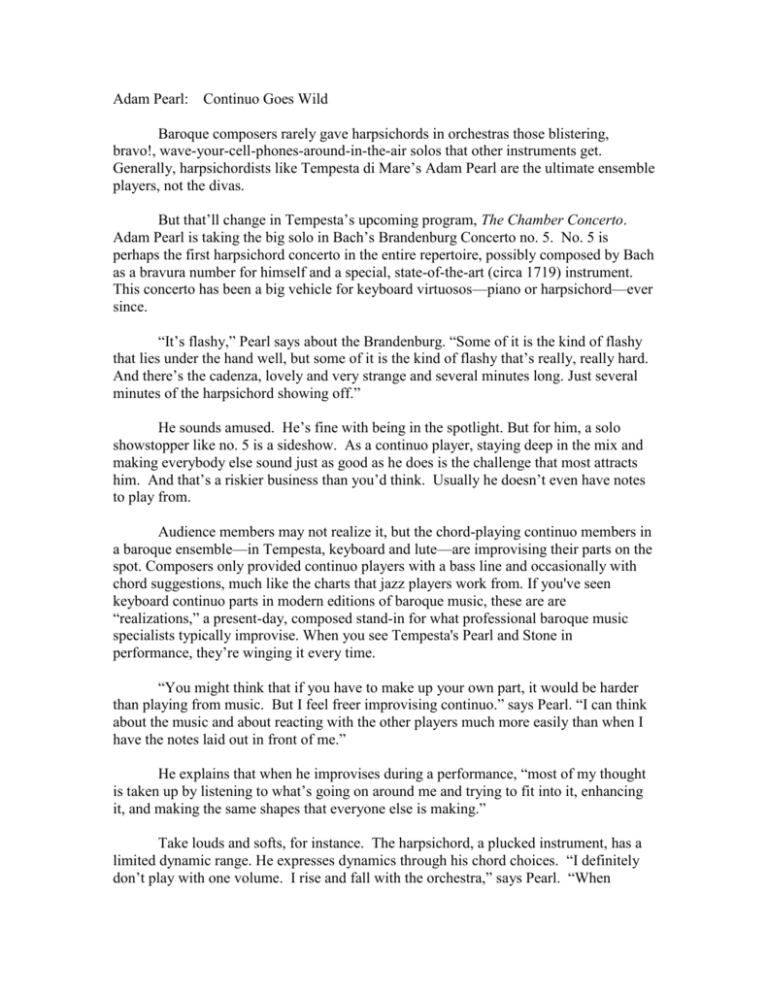
Adam Pearl: Continuo Goes Wild Baroque composers rarely gave harpsichords in orchestras those blistering, bravo!, wave-your-cell-phones-around-in-the-air solos that other instruments get. Generally, harpsichordists like Tempesta di Mare’s Adam Pearl are the ultimate ensemble players, not the divas. But that’ll change in Tempesta’s upcoming program, The Chamber Concerto. Adam Pearl is taking the big solo in Bach’s Brandenburg Concerto no. 5. No. 5 is perhaps the first harpsichord concerto in the entire repertoire, possibly composed by Bach as a bravura number for himself and a special, state-of-the-art (circa 1719) instrument. This concerto has been a big vehicle for keyboard virtuosos—piano or harpsichord—ever since. “It’s flashy,” Pearl says about the Brandenburg. “Some of it is the kind of flashy that lies under the hand well, but some of it is the kind of flashy that’s really, really hard. And there’s the cadenza, lovely and very strange and several minutes long. Just several minutes of the harpsichord showing off.” He sounds amused. He’s fine with being in the spotlight. But for him, a solo showstopper like no. 5 is a sideshow. As a continuo player, staying deep in the mix and making everybody else sound just as good as he does is the challenge that most attracts him. And that’s a riskier business than you’d think. Usually he doesn’t even have notes to play from. Audience members may not realize it, but the chord-playing continuo members in a baroque ensemble—in Tempesta, keyboard and lute—are improvising their parts on the spot. Composers only provided continuo players with a bass line and occasionally with chord suggestions, much like the charts that jazz players work from. If you've seen keyboard continuo parts in modern editions of baroque music, these are are “realizations,” a present-day, composed stand-in for what professional baroque music specialists typically improvise. When you see Tempesta's Pearl and Stone in performance, they’re winging it every time. “You might think that if you have to make up your own part, it would be harder than playing from music. But I feel freer improvising continuo.” says Pearl. “I can think about the music and about reacting with the other players much more easily than when I have the notes laid out in front of me.” He explains that when he improvises during a performance, “most of my thought is taken up by listening to what’s going on around me and trying to fit into it, enhancing it, and making the same shapes that everyone else is making.” Take louds and softs, for instance. The harpsichord, a plucked instrument, has a limited dynamic range. He expresses dynamics through his chord choices. “I definitely don’t play with one volume. I rise and fall with the orchestra,” says Pearl. “When everybody is playing softly, I’ll drop down to as few notes as I can get away with, sometimes just one or two. When things are loud, I’ll play six, seven, even eight notes at a time, which much more sound than playing one note.” To go back to Brandenburg 5, Pearl may be playing the big solo all alone, but as the complete continuo player, he’s thinking more about the ensemble. “The first time I played Brandenburg 5 was with a modern orchestra,” he says. “It was large, probably six to eight violins on each part, and the musicians weren’t early music players. It felt like trying to drive an 18-wheeler with another eighteen-wheeler stuck on top of it, this massive machine. Once you started it up, there was no room left for maneuvering at all. “I’ve been really looking forward to doing this with Tempesta and a small group. It’s going to be like driving a sports car. I’ll be able to take the turns, you know,” says Adam Pearl. “I’ll be able to live dangerously.”
